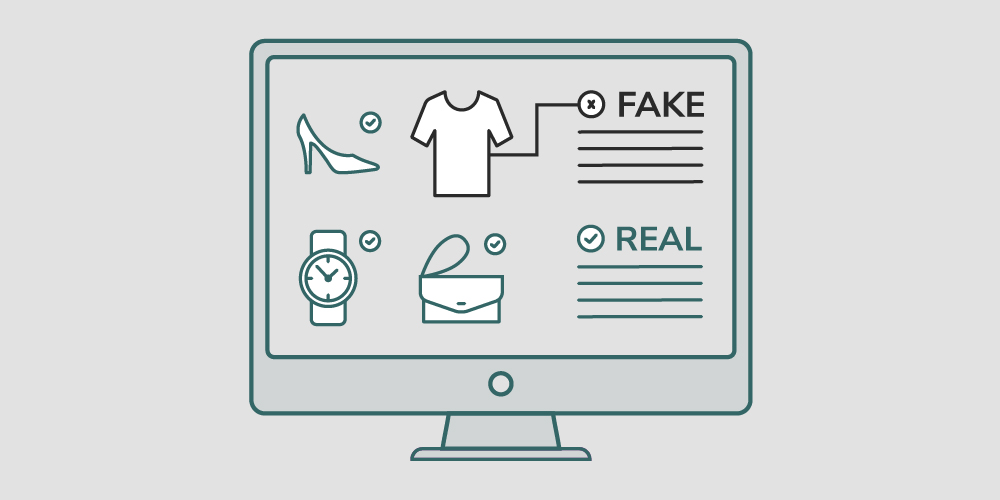Platforms
Managing Product Traceability and Compliance
Part of the OpSec Insight software solution
Complex supply chains and globalized products have become the norm. But a greater emphasis on sustainability, product control, and transparency are driving demands for compliance, with digital identities and traceability at the forefront of the response.
The OpSec platform brings improved traceability and supply chain control, by generating unique identifiers (UIDs), recording supply chain events and product information, and reporting on products and movements. It presents brand owners with oversight of distribution and channel behaviors, and a means to report on product origins and status. This also makes it ideal for government regulatory and commercial compliance programs.
Complex supply chains and fragmented markets exacerbate unauthorized selling, with the electronics industry alone losing $58 billion to trade diversion annually.
Brand owners and governments are seeking greater control of supply chains and products. But extremely large volumes associated with some products and the realities of packaging and distribution pose practical challenges. Unauthorized activity by manufacturing or distribution partners, such as trade diversion, also demands systems that are resilient to abuse, which is particularly true for government schemes to regulate controlled products.
OpSec provides a highly scalable solution for product traceability and compliance.
Managing the lifecycle of a product from manufacture to retail requires systematic management of product and supply chain data. The OpSec platform brings together product serialization, product metadata, production and distribution event declarations, and access to information and reports. It integrates with printers, digital features, and production line equipment, to incorporate and activate UIDs on labels, components, and direct to product.
Scalable Serialization: The platform starts with generating unique product identifiers, with code formats that can be configured according to customer requirements or industry standards. For high-volume applications, such as indirect taxation of alcohol and tobacco products, this involves processing billions of codes. It also requires the definition of hierarchies for product aggregation and disaggregation once in distribution chains.
Capturing Event History: Unique identifiers on products and packaging enable events and declarations from distribution and retail partners to be captured, creating a traceable history for each product. The platform allows secure ordering of codes via a portal, typically in the form of serialized labels, but also for direct-to-product marking. Codes can be activated automatically through integration with production line equipment.
Secure Reporting: Dashboard reporting provides visibility of summary information and supply chain events to support compliance and operational performance objectives. Brand inspectors and enforcement authorities, such as customs and excise agents, can also scan UIDs to access product details and traceability data. This can expose trade diversion that can be acted upon, including controlled products where taxes have not been paid correctly.
A single label can carry security, identity, and monitoring, if designed effectively.
OpSec has deployed the platform for both product companies and government regulatory schemes. This brings unique perspectives for ongoing development, plus practical implementation insights that come from working with product companies and partners on live production lines. For government projects, we ensure that our platform meets the standards and conventions associated with product controls and associated regulations.
Gaining control and insight into complex supply chains requires smart features.





